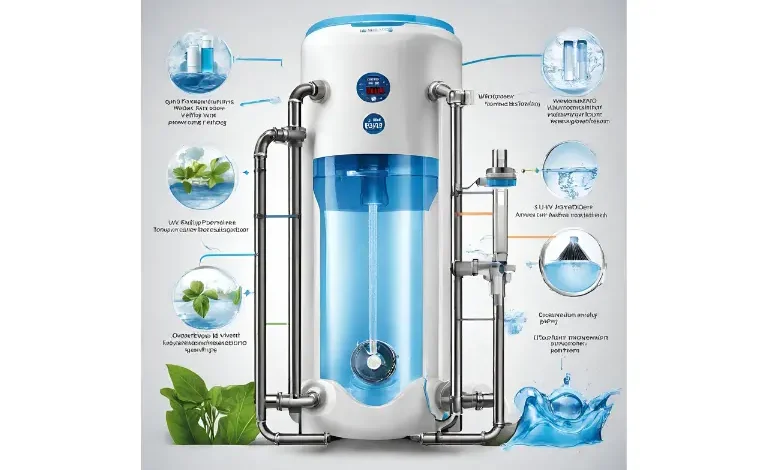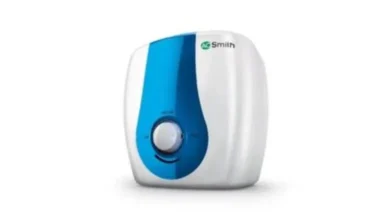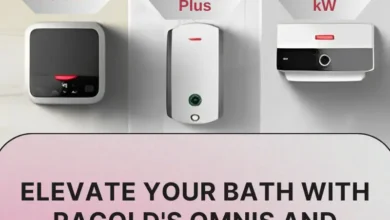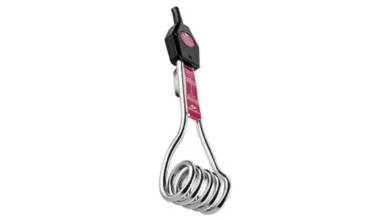Effectiveness of UV-C in Eliminating Waterborne Pathogens

I. Introduction
Waterborne pathogens pose a significant threat to public health, emphasizing the critical need for reliable water purification methods. In recent years, Ultraviolet-C (UV-C) technology has gained prominence as a powerful tool in eliminating waterborne pathogens. This comprehensive exploration aims to delve into the intricate details of UV-C technology, its mechanism of action, and the overall effectiveness in eradicating a wide range of waterborne pathogens.
II. Understanding UV-C Technology
A. UV-C Wavelengths and Microbial Vulnerability
- UV-C Range (200-280 nm):
- The UV-C range is critical due to its ability to disrupt the DNA and RNA of microorganisms, preventing them from reproducing.
- This wavelength range is shorter than visible light but powerful enough to penetrate the cell walls of pathogens.
- Microbial Vulnerability:
- UV-C damages the DNA and RNA by forming thymine or uracil dimers, preventing proper replication.
- The disruption of cellular functions leads to the inactivation of bacteria, viruses, and other microorganisms.
B. UV-C versus Other Water Purification Methods
- Chemical-Free Approach:
- UV-C eliminates the need for chemicals like chlorine, providing a safer and environmentally friendly water purification solution.
- Chemicals can introduce by-products and alter water taste, which UV-C avoids.
- Effectiveness Against Various Pathogens:
- UV-C is effective against a broad spectrum of pathogens, including chlorine-resistant organisms like Cryptosporidium and Giardia.
- Studies show high disinfection rates, making UV-C a versatile and reliable method.
Also Read: Best Water Purifier Under 15000 In India
9 Best Water Purifier in India
III. UV-C Water Purification Systems
A. Components of UV-C Water Purifiers
- UV-C Bulbs:
- Low-pressure mercury vapor lamps are commonly used, emitting UV-C light at 254 nm.
- Medium-pressure lamps offer a broader UV spectrum, addressing a wider range of contaminants.
- Quartz Sleeves:
- Quartz sleeves protect bulbs from water contact, ensuring efficient UV light transmission.
- Regular cleaning of quartz sleeves prevents the buildup of mineral deposits, maintaining optimal performance.
B. Types of UV-C Water Purifiers
- Point-of-Use (POU) Systems:
- POU systems are compact and installed at specific water outlets, such as kitchen faucets.
- Ideal for targeted purification, providing immediate access to treated water for drinking and cooking.
- Point-of-Entry (POE) Systems:
- POE systems treat water at the main entry point, ensuring all water in the household is purified.
- Comprehensive solution for whole-house water purification, including bathing and washing.
IV. Factors Influencing UV-C Effectiveness
A. Water Quality Assessment
- Conducting Water Tests:
- Water tests analyze parameters like turbidity, hardness, and chemical composition.
- Identifying specific contaminants helps choose the right UV-C system for effective purification.
- UV Transmittance (UVT):
- UVT measures how well UV light passes through water; higher UVT enhances UV-C effectiveness.
- Monitoring UVT assists in optimizing UV-C system performance based on water source characteristics.
B. Flow Rate Considerations
- Determining Household Water Consumption:
- Calculating daily water usage aids in selecting a UV-C system with an appropriate flow rate.
- Adequate sizing ensures optimal pathogen exposure to UV-C light.
C. Installation and Maintenance
- Installation Procedures:
- DIY installation instructions vary among UV-C purifiers, involving proper electrical connections and correct placement.
- Following manufacturer guidelines is crucial to ensure effective operation.
- Regular Maintenance Practices:
- Bulb replacement schedules depend on the manufacturer’s recommendations.
- Regular cleaning of quartz sleeves is essential for preventing reduced UV light transmission and maintaining purification efficiency.
D. Power Consumption
- Energy-Efficient UV-C Systems:
- Power consumption varies among UV-C purifiers; LED-based systems may offer energy-efficient alternatives.
- Balancing energy efficiency with purification effectiveness is essential for sustainable water treatment.
V. Case Studies: UV-C Effectiveness in Real-World Scenarios
A. Municipal Water Treatment
- Large-Scale UV-C Implementation:
- Municipalities worldwide have successfully integrated UV-C technology into their water treatment facilities.
- Reduction in waterborne illness rates and improved public health outcomes are observed.
B. Residential and Commercial Applications
- UV-C in Homes and Businesses:
- User testimonials highlight the ease of use and effectiveness of UV-C in residential settings.
- Commercial establishments, such as restaurants and hotels, benefit from reliable water purification.
VI. Future Developments and Emerging Technologies
A. Advancements in UV-C Technology
- Innovations in UV-C Bulb Design:
- Researchers are exploring mercury-free UV-C LEDs for enhanced efficiency and reduced environmental impact.
- Novel bulb designs aim to extend lifespan and optimize UV output.
- Integration with Smart Technologies:
- IoT applications enable real-time monitoring of UV-C systems.
- Smart features enhance user control and provide data on system performance.
VII. Challenges and Considerations
A. Limitations of UV-C Technology
- Effectiveness Against Cryptosporidium and Giardia:
- While UV-C is highly effective, some pathogens like Cryptosporidium may require additional measures.
- Combined filtration methods may be necessary for comprehensive protection.
- Environmental Factors:
- Water turbidity can reduce UV-C effectiveness by blocking UV light penetration.
- UV-C’s sensitivity to temperature emphasizes the need for adaptable systems.
VIII. Conclusion
In conclusion, the effectiveness of UV-C in eliminating waterborne pathogens is rooted in its specific wavelength, chemical-free approach, and versatility in addressing various contaminants. The components of UV-C water purifiers, including bulbs and quartz sleeves, play crucial roles in ensuring optimal performance. Factors such as water quality, flow rate, and proper installation significantly impact the effectiveness of UV-C systems.
Case studies illustrate successful implementations in municipal and residential settings, showcasing real-world efficacy. Future advancements, such as mercury-free bulbs and smart technologies, hold promise for improving UV-C systems.
Acknowledging challenges, such as limitations against certain pathogens and environmental factors, emphasizes the importance of a holistic approach to water purification. UV-C technology, when understood and applied appropriately, stands as a robust solution for safeguarding water quality and public health.
This extensive exploration provides a detailed understanding of UV-C technology, empowering individuals and professionals to make informed decisions in selecting and optimizing UV-C water purifiers for effective pathogen elimination.




